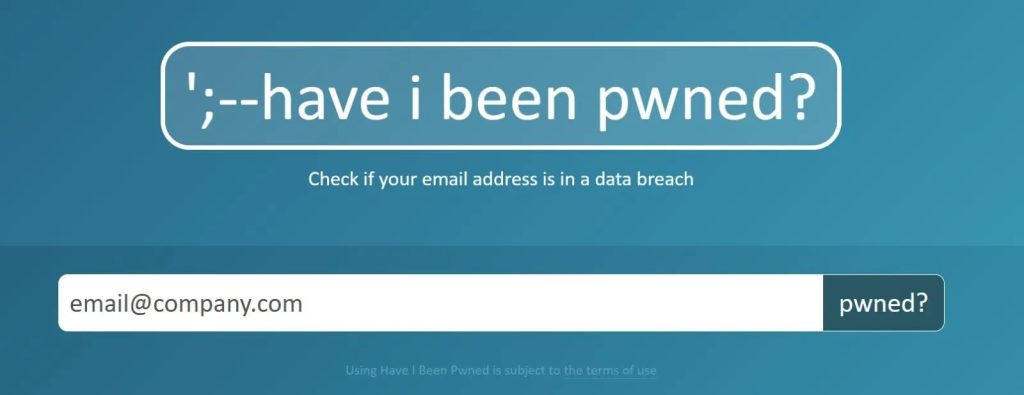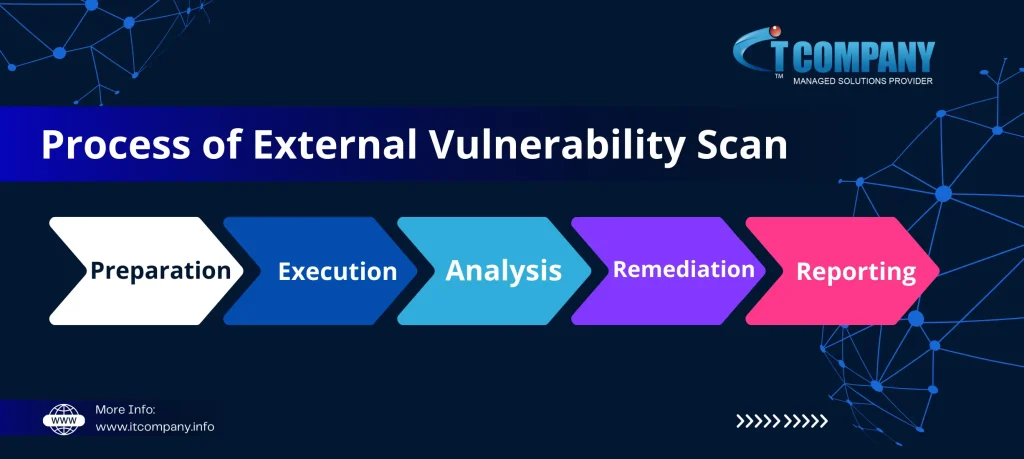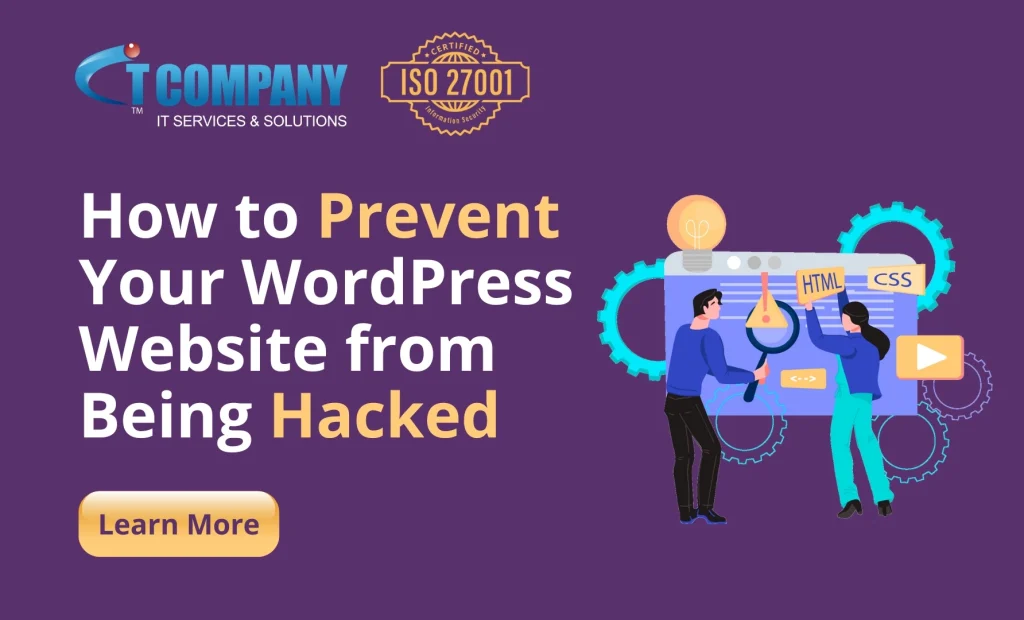
Table of Contents
Toggle.
In 2023, over 5 billion people worldwide use internet, and cybercrime is a growing threat. Data breaches and online fraud are at an all-time high. 43% of cyberattacks target small businesses, and 81% of breaches are due to weal or stolen passwords.
One of the most effective ways to safeguard your online accounts is Multifactor Authentication (MFA). It adds an extra layer of security by requiring more than just a password to access your accounts. It significantly reduces the risk of unauthorized access, even if your password is compromised.
What is Multifactor Authentication (MFA)?
Multifactor Authentication, often referred to as MFA, is an extra layer of protection used when logging into your online accounts. It requires you to provide more than just your password to access your account. Instead, MFA asks for at least two types of information, or “factors”, to confirm your identity.
Multifactor Authentication (MFA), is an extra layer of protection used when logging into your online accounts. It requires you to provide more than just your password to access your account. Instead, MFA asks for at least two types of information, or “factors”, to confirm your real identity.
The most common types of factors are:
- Something you know: This is typically your password or PIN.

- Something you have: This could be your phone, a smart card, or a hardware token.
- Something you are: This refers to biometrics like your fingerprint, face scan, or voice recognition.

By combining two or more of these factors, MFA makes it much harder for unauthorized users to access your account, even if they know your password.
Why Should You Use Multifactor Authentication?
You might be wondering, “Why should I bother with MFA? My password is strong enough, right?” While having a strong password is important, it’s not always enough. Here’s why:
1. Passwords Can Be Stolen
Cybercriminals use various methods to steal passwords. They may use phishing attacks, where they trick you into giving away your password. Or, they might use data breaches, where passwords from another site are leaked. Even if your password is complex, if it’s compromised, your account is vulnerable.
With MFA, even if someone gets hold of your password, they still won’t be able to access your account without the second factor (e.g., your phone or fingerprint). This makes it much more difficult for attackers to gain unauthorized access.
2. Phishing Attacks Are Less Effective

Phishing attacks are one of the most common ways cybercriminals try to steal passwords. They often send you fake emails or messages that look like they’re from a trusted source (like your bank or email provider) and trick you into entering your login details. MFA helps protect you from this kind of attack because even if you accidentally provide your password, the attacker still needs the second factor to get in.
3. Protects Against Data Breaches

Companies often experience data breaches where usernames, passwords, and other personal information are leaked. If you use the same password for multiple accounts (a practice known as “password recycling”), a breach at one company could lead to hackers accessing your accounts elsewhere. MFA helps prevent this by requiring more than just a password to log in.
4. Secures Sensitive Transactions
Many online platforms, including banks and e-commerce sites, offer the option of MFA when making high-risk transactions, such as transferring money or changing account settings. This adds an extra layer of security for sensitive actions, making it harder for cybercriminals to carry out fraudulent activities.
How to Set Up Multifactor Authentication
Setting up MFA might seem complicated, but it’s actually quite simple. Most major online platforms offer easy-to-follow guides to enable MFA. Here’s how you can set it up:
1. Choose Your Method of Authentication
First, you need to decide how you want to verify your identity. Most people use one of the following methods:
- SMS Text Messages: When you log in, you’ll receive a code on your phone via text message.
- Authentication Apps: Apps like Google Authenticator or Authy generate a new code every 30 seconds, which you enter when prompted.
- Biometric Scans: On many modern devices, you can use your fingerprint, facial recognition, or other biometric scans as your second factor.
- Hardware Tokens: A small physical device that generates a one-time code.
2. Enable MFA on Your Account
Once you’ve decided how you want to authenticate, go to the security settings of your account. You’ll usually find an option to enable MFA or two-factor authentication (2FA). Follow the instructions provided by the platform to set it up. For most apps, you’ll need to link your phone number, scan a QR code, or connect your authentication app to complete the process.
3. Test Your MFA Setup
After you’ve enabled MFA, log out and try logging back in to make sure everything is working. You’ll be prompted for the second factor, whether it’s a code from an app or a text message, before you can access your account.
4. Backup Options
Some services will give you backup codes in case you lose access to your second factor (e.g., if you lose your phone). Write these codes down and store them somewhere safe.
As digital threats continue to evolve, passwords alone are no longer sufficient to protect our sensitive information. Here are some key reasons why MFA has become essential in today’s connected world:
5. Improving Regulatory Compliance
In many industries, protecting sensitive customer data is not just a matter of best practice; it’s a regulatory requirement. Laws mandate that companies protect personal information. Multifactor Authentication can help organizations comply with these standards by adding an extra layer of protection to sensitive data and user accounts.
ISO 27001 Certification and MFA

Many organizations, especially those that handle sensitive data, pursue ISO 27001 certification to demonstrate their commitment to information security. ISO 27001 is an international standard that outlines best practices for managing information security and mitigating risks in {{CITY1}},{{CITY2}}, and {{CITY3}}. One of the key components of the ISO 27001 framework is ensuring that organizations have the appropriate security controls in place, which includes using multifactor authentication for user access.
Why ISO 27001 Certified Services Are Important for Multifactor Authentication

ISO 27001 certification is a recognized mark of excellence when it comes to data security. The certification demonstrates that an organization has implemented a robust Information Security Management System (ISMS) that aligns with global security standards. For organizations seeking to adopt MFA, partnering with ISO 27001-certified service providers ensures that:
- Best Practices Are Followed: ISO 27001-certified organizations are required to implement best practices and stringent controls to protect user data. This includes strong authentication mechanisms like MFA.
- Regulatory Compliance: ISO 27001 certification helps organizations meet regulatory requirements related to data protection. Many regulatory frameworks, such as the GDPR or HIPAA, strongly recommend or require MFA for accessing sensitive data.
- Continuous Security Improvement: ISO 27001-certified organizations are required to conduct regular security assessments and audits to identify risks and improve their security posture. MFA is part of this ongoing process to stay ahead of emerging threats.
- Trust and Reputation: When an organization is ISO 27001-certified, it provides customers with confidence that their data is being handled securely. This builds trust, a key asset in today’s business environment. Customers are more likely to do business with companies that prioritize security, knowing that their data is protected by advanced measures like MFA.
Example: How Multifactor Authentication Stops Hackers

Imagine you’re using online banking. You log in with your username and password. Normally, this would be enough for anyone to access your account. But with MFA, you also have to enter a code that’s sent to your phone via SMS or generated by an authentication app.
Now, imagine a hacker tries to access your account. They manage to get your password from a previous data breach. However, they don’t have access to your phone, so they can’t enter the code. They’re stuck.
This simple process makes it much more difficult for hackers to successfully access your account, keeping your financial and personal data safe.
Final Thoughts
In a world where cyber threats are becoming more sophisticated, taking extra steps to protect your online accounts is crucial. Multifactor Authentication is one of the easiest and most effective ways to strengthen your online security.
By enabling MFA, you’re taking control of your digital safety. It’s a simple step that adds multiple layers of protection to your accounts and significantly reduces the risk of unauthorized access. While no security measure is foolproof, MFA is a powerful tool that can protect your personal data from falling into the wrong hands.
So, don’t wait for a security breach to remind you of the importance of protecting your information. Take action now and enable Multifactor Authentication to keep your accounts safe. It’s a small effort that can make a big difference.